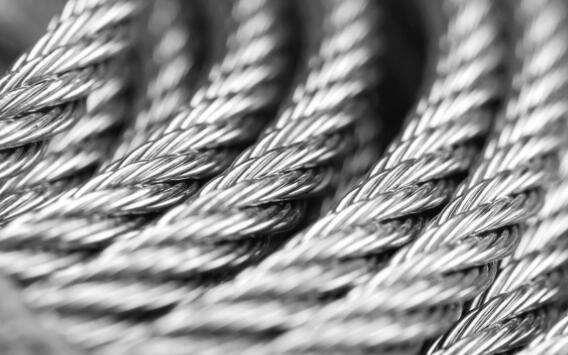Understanding Expanded Metal Dimensions A Comprehensive Guide
Expanded metal is a versatile and widely used material in various industries, recognized for its strength, lightweight properties, and unique aesthetic appeal. It is created by taking a solid sheet of metal and expanding it through a process that involves slitting and stretching. The result is a mesh-like structure with uniform openings throughout, which allows for airflow, visibility, and drainage while maintaining structural integrity. This article delves into the dimensions associated with expanded metal and how to interpret the expanded metal dimensions chart effectively.
The Basics of Expanded Metal
Expanded metal comes in various materials, including aluminum, steel, and stainless steel. Each type has its specific applications, from architectural accents to industrial safety grating. The unique design of expanded metal makes it suitable for multiple uses, including walkways, fencing, and HVAC systems.
Understanding the Expanded Metal Dimensions Chart
The expanded metal dimensions chart provides crucial information about the specifications of expanded metal sheets, including the thickness, strand width, opening size, and overall sheet dimensions. Understanding these dimensions is essential for selecting the right type of expanded metal for your project.
1. Material Thickness The thickness of the metal sheet before expansion affects the strength and durability of the finished product. Thicker sheets provide greater load-bearing capacity, making them suitable for heavy-duty applications. The chart usually lists material thickness in gauges or millimeters.
2. Strand Width This refers to the width of the solid portions of the expanded metal. A wider strand provides greater strength, while a narrower strand can offer more flexibility. Choosing the right strand width depends on the intended use—architectural uses may benefit from narrower strands for a more refined appearance, while industrial applications may require wider strands for added durability.
3. Opening Size The size of the openings in the expanded metal mesh is another critical factor. Larger openings allow for better airflow and visibility, while smaller openings enhance strength and security. This measurement is usually given in inches or millimeters and can be adjusted depending on the required ventilation or light penetration.
4. Length and Width of Sheets Expanded metal sheets come in various sizes, which can be customized based on project specifications. The dimensions will often dictate how many sheets are needed for larger projects. The size of the sheet plays a role in determining ease of installation and the overall cost of materials.
Applications of Expanded Metal
expanded metal dimensions chart

The dimensions of expanded metal make it suitable for numerous applications across different industries
- Architectural Design Expanded metal is often used in facades, railings, and decorative panels. The open design allows for unique visual effects while ensuring durability and safety.
- Industrial Safety Grating Many industries, particularly those involving heavy machinery, utilize expanded metal for grating systems. Its strength and slip-resistant surface make it a favored choice for walkways and platforms.
- Screening and Fencing In agricultural and industrial settings, expanded metal is commonly used for fencing and screening. The openings provide security while allowing for visibility and ventilation.
Choosing the Right Expanded Metal
When selecting expanded metal for a project, it is essential to refer to the dimensions chart to understand the options available fully. Consider the following factors
- Load Requirements Assess the load requirements of your application to select the appropriate thickness and strand width.
- Environmental Conditions Different materials offer varying levels of corrosion resistance. For outdoor applications, stainless steel or aluminum might be preferable.
- Aesthetic Considerations The appearance of expanded metal can significantly impact design; choose dimensions that align with the visual goals of your project.
Conclusion
Expanded metal is an invaluable material known for its versatility and robust characteristics. Understanding the dimensions outlined in the expanded metal chart is crucial for selecting the appropriate product for your specific needs. With various options available, leveraging the properties of expanded metal can enhance both functionality and aesthetics in a range of applications, ensuring that it remains a staple in construction, manufacturing, and design industries. Whether you’re working on a simple railing or a large-scale industrial project, a thorough understanding of expanded metal dimensions will contribute to the success of your endeavor.

















